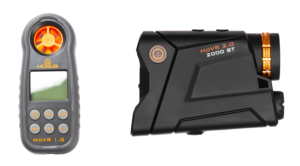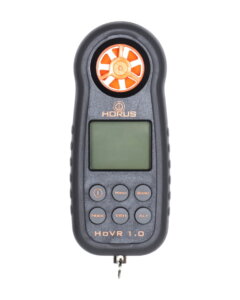Discover why You Need a Weather Meter
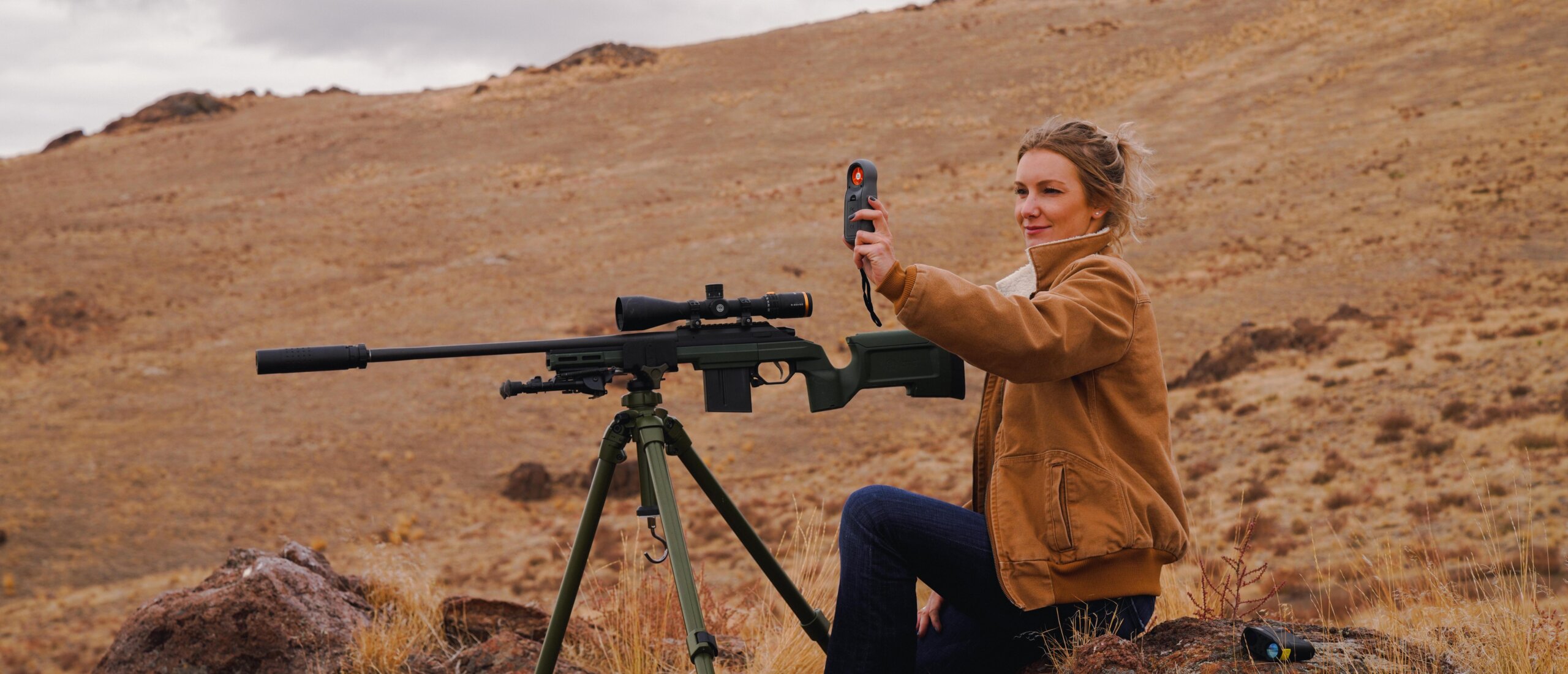
Did you know that density altitude is one of the most important variables when calculating your ballistic solution? For example, if the density altitude where you zero your rifle is 4,200 feet and the location of your next competition is 700 feet that could be a difference of 0.4 mils (1.44 MOA) or more and at 1,000 yards that is a miss of 14.4 inches. Do not confuse geographic altitude with density altitude. Geographic altitude is simply how far above sea level you are and density altitude is calculated based on barometric pressure and temperature.
A weather meter is required to accurately measure local temperature, barometric pressure, and relative humidity which are required to calculate density altitude and accurately calculate the trajectory of a bullet. Without this information any ballistic solver is making assumptions that will significantly reduce your accuracy and any reticle designed with a fixed density altitude will have limited accuracy.
Additionally, wind will affect the bullet trajectory based on the direction and speed. With a wind direction and speed measurement, a shooter can use ballistic software, or an advanced reticle like the TREMOR3™ or TREMOR5™, to make more accurate shots. A wind meter, also known as an anemometer, is a tool for measuring the speed of wind. While this is just one data point on the bullets flight, it provides an accurate starting point that combined with other visual cues and advanced reticle features will improve your accuracy.
Using the tools available will provide you critical data and help you make informed decisions, ultimately increasing your likelihood for a hit on target. The HoVR™ 1.0 Weather Meter is an affordable option to get you the weather information critical to accuracy that could mean the difference between first place, a full freezer, or a miss.
-
Sale!
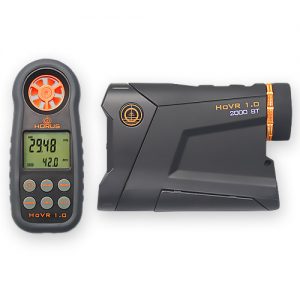
Laser Range Finder + Weather Meter Kit
Rated 5.00 out of 5 based on 2 customer ratings$499.99Original price was: $499.99.$249.99Current price is: $249.99. -
Laser Range Finder 2.0 + Weather Meter Kit
Rated 0 out of 5$429.99 -
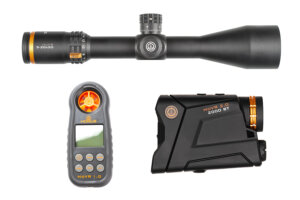
- Select options This product has multiple variants. The options may be chosen on the product page
HoVR™ Complete Shooter Package
Rated 4.89 out of 5 based on 3 customer ratings$1,769.99 -
HoVR™ 1.0 Weather Meter with Bluetooth
Rated 5.00 out of 5 based on 1 customer rating$114.99

